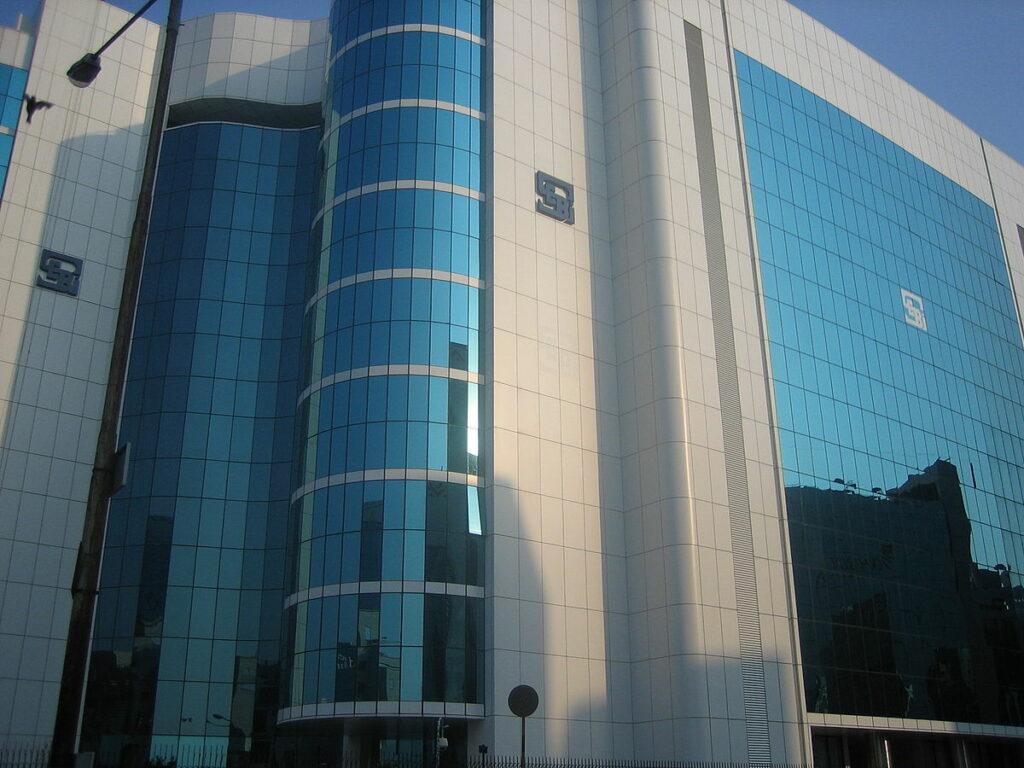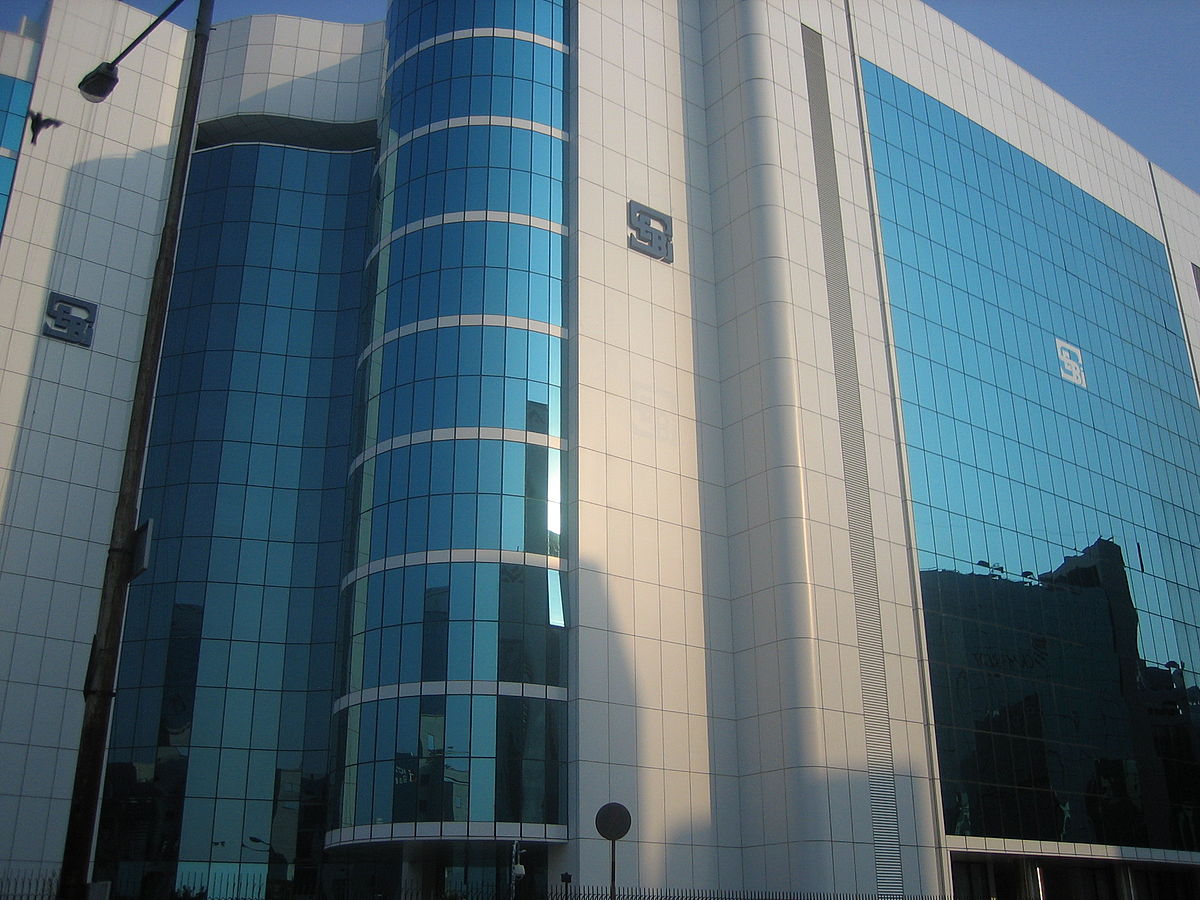
SEBI Plans Stricter Rules for SME Public Offers Amid Market Surge
India’s capital markets are on the brink of a regulatory overhaul as the Securities and Exchange Board of India (SEBI) prepares to tighten regulations governing public offerings by small and medium enterprises (SMEs). This initiative responds to increasing concerns over the misuse of a specialized listing platform introduced in 2012 to facilitate small businesses’ access to capital markets.
According to Reuters reports, SEBI is considering raising the minimum size requirement for such public offerings to between Rs 30 crore and Rs 50 crore ($3.59 million to $5.99 million). Sources from Reuters indicated that the proposed rules are expected to be officially issued later this year following consultations with stakeholders.
Currently, there is no prescribed minimum issue size for SMEs, although companies listing on the platform are required to have a post-issue capital base of Rs 25 crore. “Establishing a minimum offer size will ensure that serious companies access the capital markets, thereby protecting investor interests,” commented one of the sources. This initiative demonstrates regulators’ commitment to fortify investor protection mechanisms amidst increased activity in India’s equity markets.
Data from PRIME Database, a leading capital markets information provider, reveals a rise in public offerings by SMEs during the fiscal year ending March 2024. A total of 205 companies raised Rs 6,000 crore, marking an increase from the previous year’s 125 firms that raised Rs 2,200 crore.
Despite repeated requests for comments, both the markets regulator and exchanges, tasked with implementing regulatory policies, refrained from responding. The move to tighten regulations surrounding SME public offerings reflects a broader trend towards enhancing market integrity and investor confidence. By imposing stringent criteria for accessing capital markets, authorities aim to eliminate frivolous listings while fostering an environment conducive to sustainable growth.
In recent years, India’s SME segment has emerged as a vital engine of economic expansion, contributing to employment generation and fostering innovation. However, concerns regarding corporate governance standards and regulatory oversight have lingered, prompting regulators to recalibrate existing frameworks to align with evolving market dynamics.
Reports suggest that some SME issues were oversubscribed by 500 to 1000 times, raising concerns about the misuse of the listing platform. In response to these concerns, SEBI is considering imposing a minimum issue size for SMEs along with enhanced disclosure requirements. Companies eyeing public listings will be required to provide comprehensive disclosures, including the objectives of the issue, financials of the issuer, and associated risk factors.
“The merchant bankers will be tasked with providing more upfront disclosures, ensuring investors have the necessary information to make informed decisions,” remarked a source privy to the discussions.
SEBI’s proactive stance follows earlier remarks by its chairperson, Madhabi Puri Buch, who highlighted instances of misuse within the SME listing framework. Buch emphasized the regulator’s commitment to investigating complaints of price manipulation within the segment, stressing the need for heightened vigilance to maintain market integrity.
In a crackdown on malpractices, SEBI recently barred three SME companies from accessing capital markets, citing misuse of funds raised through public offerings, including diversion for unauthorized purposes, misrepresentation of facts in offer documents, and alleged manipulation of financial statements.
The regulatory clampdown underscores a broader push towards fortifying investor protection mechanisms and upholding market integrity. By establishing robust disclosure norms and imposing stringent penalties for non-compliance, SEBI aims to foster transparency and accountability within India’s SME space. As stakeholders anticipate the formal issuance of SEBI’s revised guidelines, market participants brace for a paradigm shift in the regulatory landscape, signaling a pivotal moment in India’s capital markets as authorities strive to balance promoting entrepreneurship with safeguarding investor interests.
















